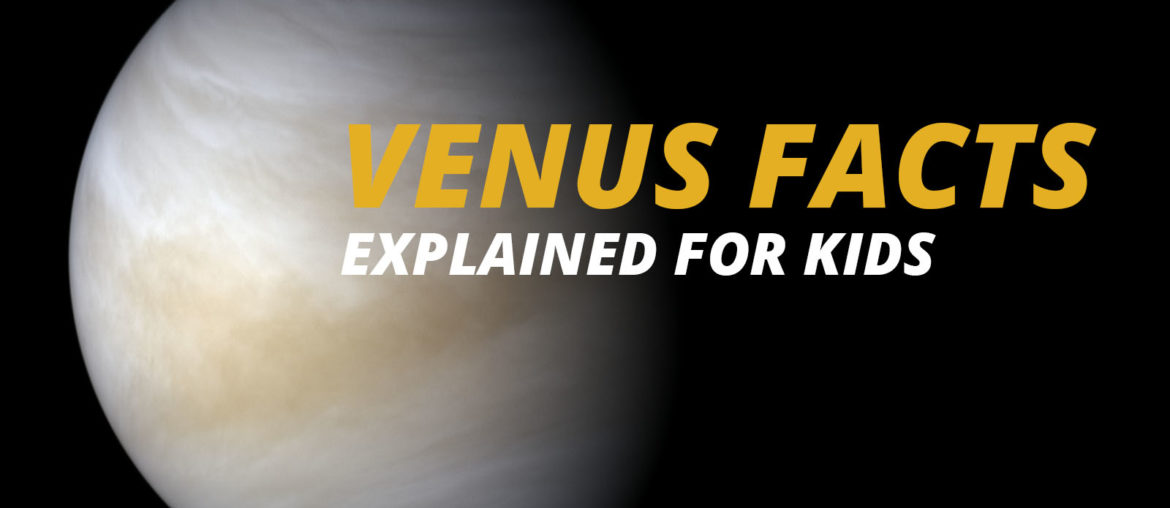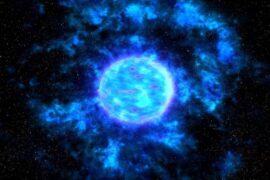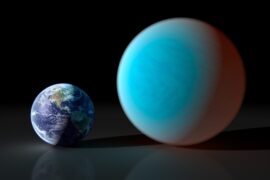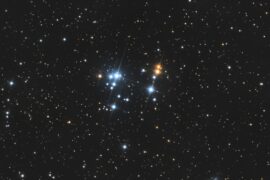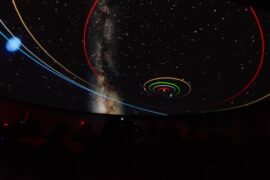Venus is one of the planets in our solar system we know the most about. This is because it is very close to earth, which allowed ancient astronomers to study it early and also makes it easier to send probes to study it or use telescopes to take pictures of it.
There are many interesting things about Venus, so let’s get started.
Fun and interesting facts about Venus
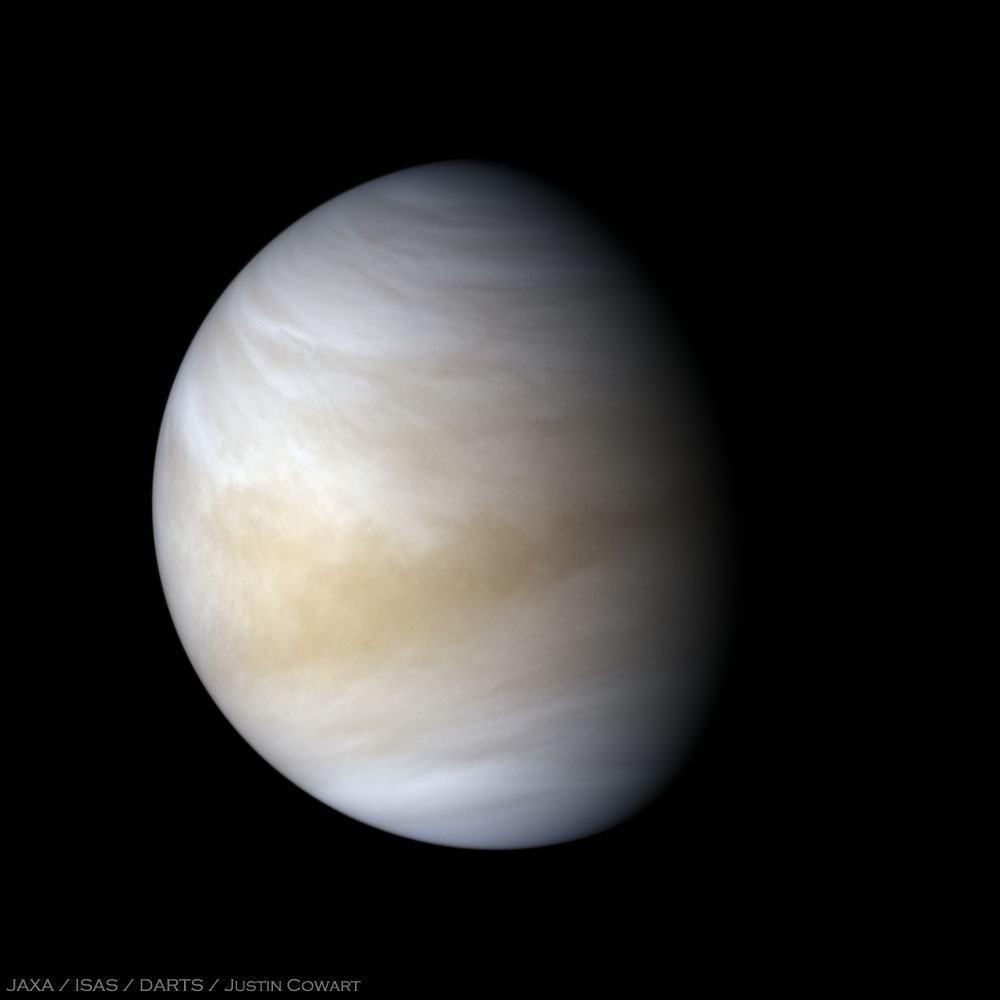
1. Venus can be seen from Earth with the naked eye
You don’t need any special equipment to see Venus in the night sky. Because it is close to Earth and it is very bright, it can be seen with just your eyes, however, if you don’t know what you are looking for, it is easy to confuse it with a star. In fact, for many years, ancient people thought it was two different stars. During history, some people have even reported seeing Venus during daylight.
2. Venus and Earth are almost equal in length
It is surprising how similar in size are Venus and Earth. Venus diameter is barely a few miles shorter than Earth’s and its mass is about 81% that of Earth’s. These similarities have earned Venus the title of “Earth’s sister planet”
3. On Venus, one day is longer than one year
Venus rotation is very slow and it takes it 243 of our earth days to complete one single rotation (a day). Meanwhile, the planet still moves around the sun and it takes 225 earth days to do so, meaning that Venus years are longer than it’s days.
4. Venus is the hottest planet in the solar system
The average temperature on Venus’ surface is 462°C (863°F). Because of these high temperatures, all the water molecules that Venus might have had many millions of years ago have now evaporated and the planet is now inhabitable.
5. Venus rotates in a different direction compared to other planets
Most planets in the solar system rotate counter-clockwise, but Venus rotates in the other direction. Some scientists think this could have happened because of an object that impacted Venus a long time ago and changed its rotation. The only other planet that rotates in the same direction is Uranus.
6. The Romans named Venus after a goddess
It is known that Romans knew of the existence of at least four planets besides Earth. Because of its brightness, they decided to name Venus after their goddess of love and beauty. It is the only planet that was named after a female goddess.
7. Venus could have looked like Earth in the past
Astronomers have the theory that at some point in the past Venus could have been even more similar to Earth and even had an ocean full of water. Because it’s climate changed, Venus went through transformations that turned it into the inhabitable planet that is today and all the water it once had has now evaporated.
8. Venus doesn’t have a moon
Venus is one of the two planets in the solar system that do not have a moon. The other is Mercury. It is possible their closeness to the sun is the reason why neither of these planets could hold a moon.
9. All craters and mountains on Venus have female names
Following the female naming convention for the planet, all the geological places that have been located and categorized on Venus have female names. Mountains are named after female goddesses while craters are named after famous women or simple use a female first name.
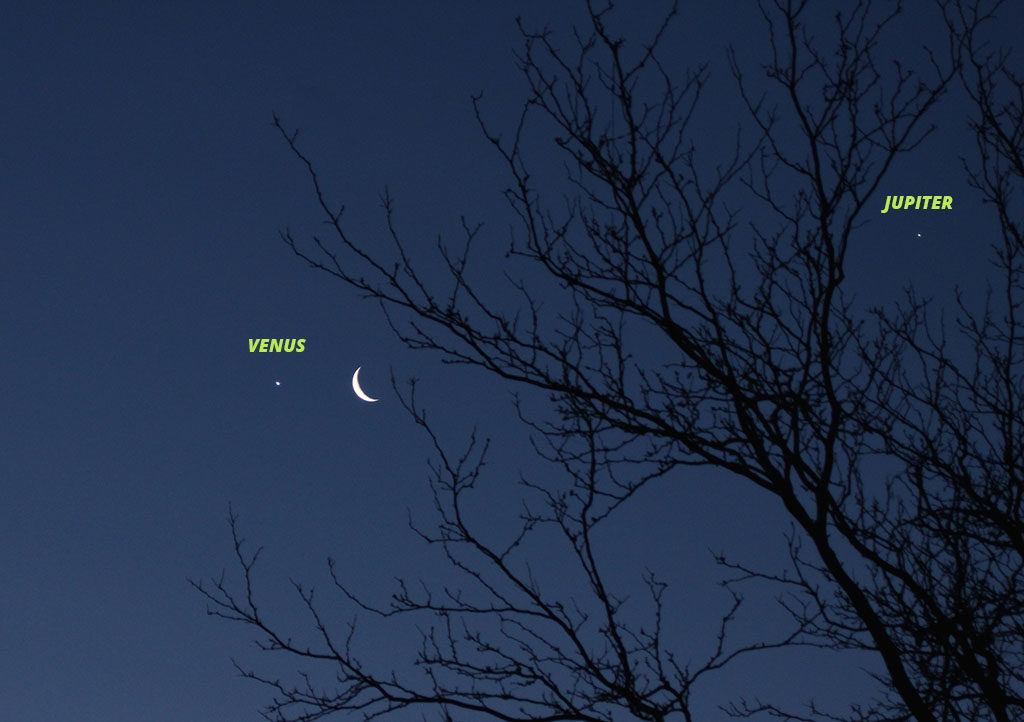
Venus Fact Sheet
| Radius | 6,051.8±1.0 km (0.9499 Earths) |
| Surface area | 4.6023×108 km2 (0.902 Earths) |
| Volume | 9.2843×1011 km3 (0.866 Earths) |
| Mass | 4.8675×1024 kg (0.815 Earths) |
| Gravity | 8.87 m/s2 or 0.904g |
| Rotational period (One Venusian day) | 243.025 earth days |
| Orbital period (Time it takes to go around the sun) | 224.701 earth days (1.92 Venus solar day) |
| Surface temperature | 462°C (737 K) |
| Atmospheric composition | 96.5% carbon dioxide 3.5% nitrogen 0.015% sulfur dioxide Others |
Frequently asked questions about Venus
Is Venus the closest planet to Earth?
Because orbits around the sun are elliptical, planets don’t maintain a constant distance from each other. Sometimes they can be closer and sometimes they are farther away. Venus closest distance to Earth is 38 million kilometers (24 million miles) and it’s farthest it is 261 million kilometers (162 million miles) away. When you compare that to our other neighbor, Mars, whose distance is 56 million kilometers (35 million miles) when it is closest and 401 million kilometers (249 million miles) at its farthest and you could say that on average Venus is the closest planet to Earth.
Why is Venus brown/red/orange?
Venus gets its color from a combination of factors. First, the surface is covered with volcanic rocks which give Venus a brownish/orange background. On top of that, the atmosphere is composed mostly of carbon dioxide and sulphuric acid, giving it a light yellow tone. Most of the pictures you see have been retouched to emphasize some of the planet’s characteristics. If you were to see it with your own eye, you would see a light-yellow planet.
How long would it take to get to Venus?
The travel distance between two planets constantly changes because they are moving and they are at different points in their respective orbits. It is difficult to say how much time it would take to get to Venus because it depends on when you launch and where the planets are located at that time, but the latest spacecraft that was sent, the ESA Venus Express, took five months to get there. In 1961, a Soviet spacecraft made the trip in only 97 days (about three months).
Have humans ever traveled to Venus?
No. A manned mission to Venus has never been attempted, however, several unmanned probes have been sent to orbit and explore Venus successfully.
Why is Venus called the “morning star”/”evening star”?
Because of its brightness, ancient civilizations thought Venus was a star. In fact, because Venus sometimes appears at sunset and sometimes at sunrise depending on where it is in its orbit, they thought it was two different stars. The Greeks named them Phosphoros and Hesperus (star of the evening) and the name of the “morning star” and “evening star” stuck from there even after scientists realized it was a single object and it was a planet instead of a star.
Why is Venus hotter than Mercury?
Since Mercury is closer to the Sun than Venus, it would be easy to assume the first would be hotter, but that’s not true. The atmosphere in Venus is thick and made of carbon dioxide. This creates an effect called greenhouse effect, containing the heat and therefore raising the planet’s temperature.
How many craters does Venus have?
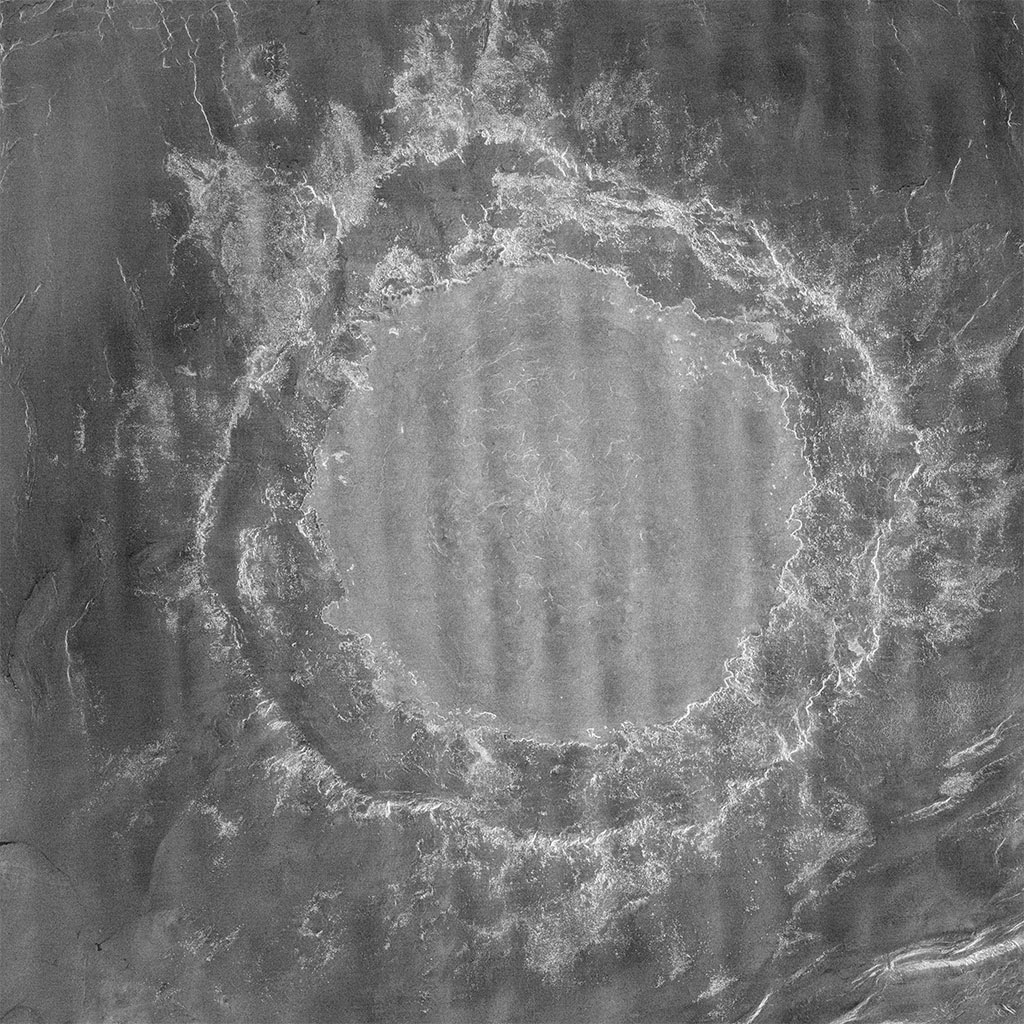
Venus is one of the objects with the most craters in the Solar System. Currently, there are 900 named craters on Venus, all of them have been named using female names. The biggest crater on Venus is Mead, named after anthropologist Margaret Mead. It has a diameter of 280 kilometers (174 miles).
What’s the biggest mountain on Venus?
The tallest mountain on Venus is Skadi Mons, with an approximate height of 6.4 km (4.0 miles) from base to peak. In comparison, that is 1.8 km (1.12 miles) taller than Mount Everest (also from base to peak).
Enjoyed this article?
Get daily 10-minute PDFs about astronomy to read before bed!
Sign up for our upcoming micro-learning service where you will learn something new about space and beyond every day while winding down.

